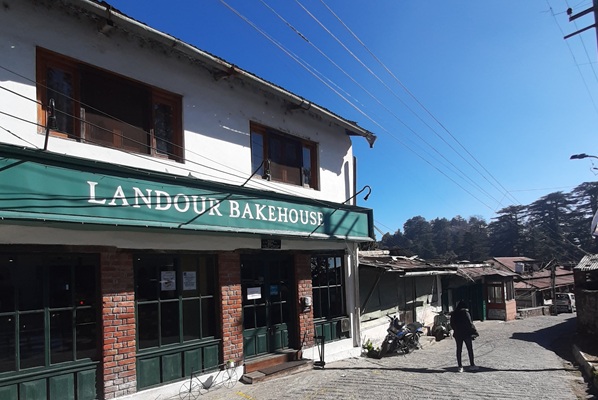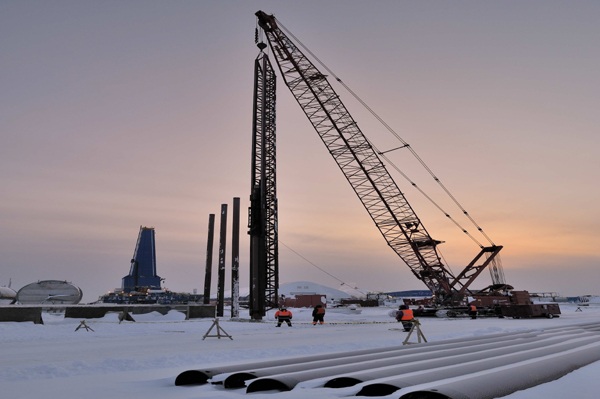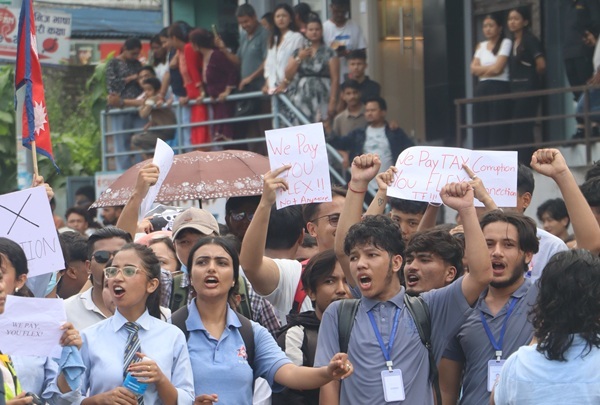.png)
When Reels Drown the Hills
A quiet Landour retreat turns into a stage for pose, angle and pout, reflecting how the reel world is reshaping travel and youth culture.


By Aabhas Pandya
Pandya, a communications professional, explores climate, energy transition, and security. Off the grid, he recharges with long-distance runs.
September 14, 2025 at 7:12 AM IST
I am not a trained sociologist, and this write-up is based only on what I observed on a recent trip to Uttarakhand. My wife and I have long been fond of road journeys, particularly through the Himalayas. The routine has been the same for years: take a week every few months, hit the highways, savour the pit stops, park ourselves in a quiet hill station, and recharge among the forests and mountains.
This year was different.
After a gap of ten months, we finally set out, deciding on Landour, a place that always felt like an ideal retreat. On one side lies the little cluster of Chaar Dukaan, on the other the Landour Bakehouse, with a thick forest of deodars, Himalayan oaks and chir pines in between. It is a cantonment town, its pathways looping in a loose figure of eight, the two circles meeting at the Kellogg Memorial Church that has stood there for more than a century. For us, it promised calm and continuity.
The first day delivered exactly that. The rain fell through the afternoon, washing the air clean. Evening brought a mist that settled softly over the valley, scented with resin from the trees. We walked quietly, stopping to take in the wide view of the Doon valley, where Mussoorie and Dehradun sparkled like stars strung across the horizon. It was a reminder of why we came back, of the stillness and the sense of being cradled by the mountains.
That stillness proved short-lived.
The next morning, stepping out for a pre-breakfast stroll, we saw something new. A group had gathered outside Bakehouse before its shutters had even gone up. Some were families, most were young people in their twenties, restless and impatient for the café to open. Odd, but nothing to worry about. After breakfast we set out for a longer walk, down past the old cemetery, past actor Victor Banerjee’s home, across Lal Tibba and back toward Chaar Dukaan. This time, the scene was jarring.
The narrow road was swarming. Dozens upon dozens of visitors poured in, so many that their voices drowned the birdsong. The whistle of the thrush was no match for the shrieks of groups posing for photographs. By the time we turned the bend near Kellogg Memorial Church, the numbers had only swelled. Cars honked and bikes tore past, forcing walkers into the ditches. What had been a slow amble was now an exercise in survival, dodging rash drivers and trying not to get elbowed by a crowd more intent on its screens than its surroundings.
It felt as if a slice of the plains had been lifted and deposited in the hills. The familiar markers were still there, but the mood had changed entirely. This was no longer the Landour I had known.
PAP Culture
A pattern began to emerge over the days that followed. The crowd was overwhelmingly young, three out of four under 25. Most were in Landour only for a day, a picnic of sorts, and their purpose was uniform: to pose, to shoot reels, and to broadcast that they had been there. Chaar Dukaan was not about parathas, Bakehouse not about cinnamon rolls. Both were props. The valley had become a studio. I found myself giving the syndrome a name: PAP—Pose, Angle and Pout.
The obsession was relentless, as every turn of the path, every café front, every faded signboard was a backdrop. The idea of soaking in the calm of the forest or letting silence do its work seemed alien. That in itself might not matter if it were only about one hill station, but it revealed something larger. A generation is learning to see the world less through experience and more through performance.
Travel reduced to a checklist is one thing, but what worries me is when the same instinct carries into work and aspiration. Visibility is not the same as ability. The reels that fill timelines may generate likes, but they do little to build the skills that employment and enterprise demand. India’s youth, on paper, are its greatest strength.
The country is young, with nearly 27% of its population between 15 and 29. Yet surveys show a harsh mismatch between degrees and employability. Of the two million engineering graduates produced each year, more than 90% are considered unfit for software roles, and over 70% struggle even with spoken English—still a critical skill in a knowledge-driven economy.
This contrast is sobering. At a time when global supply chains are shifting, when companies look to reduce reliance on China, India should be the natural choice with its institutions, legal framework and workforce. Yet the workforce needs to be skilled and ready for the industries of tomorrow—automation, robotics, advanced manufacturing, and analytics. That will not happen if time and attention are spent rehearsing angles rather than sharpening abilities.
The PAP culture may seem harmless fun, and of course, some have built careers out of content creation. But for a nation of 1.4 billion, those successes are the exception, not the rule. The larger reality is that once the bubble of likes bursts, many will find themselves unprepared, rudderless and disillusioned. A demographic dividend can just as easily tip into a demographic drag.
Back in Landour, the clash between old and new was constant. Each evening, the valley lights blinked in the distance as they always had. The deodars still framed the sky. Yet the sounds on the pathways had changed. Loud music from bikes, laughter rising more for cameras than for company, and the constant buzz of notifications filled the air. It left one wondering if the very idea of travel, as a way of slowing down, of reconnecting with self and place, was slipping away.
On our last evening, as mist rolled in and softened the outlines of the ridges, the deodars stood tall and impassive. They will outlast the reels and the pouts. That is their gift. For the young who flood these hills, one hopes the lesson of the forest will filter through in time—that substance, not performance, is what endures.



